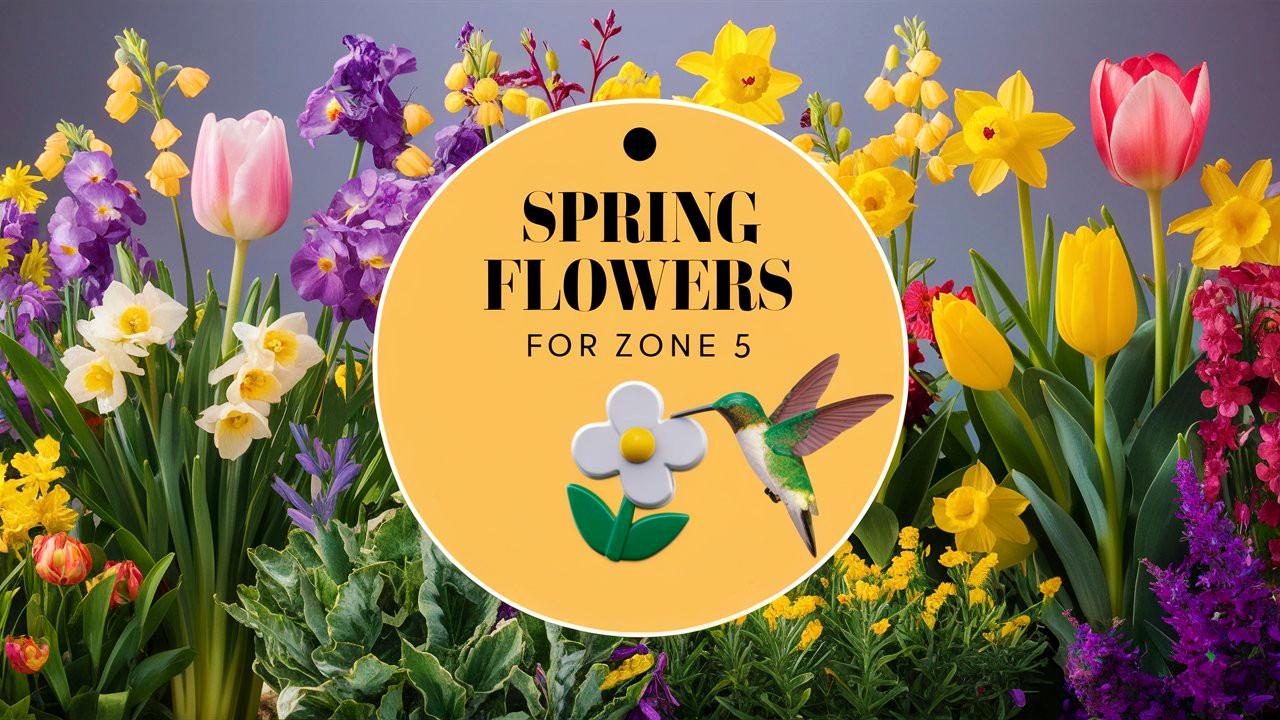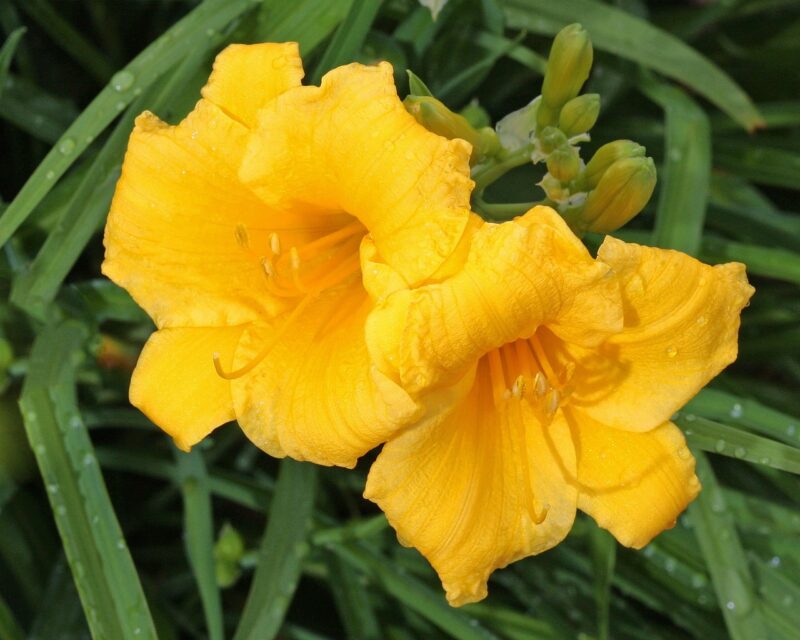As winter fades away and the gentle warmth of spring begins to emerge, gardeners in USDA Hardiness Zone 5 are poised to welcome a plethora of beautiful blooms. If you’re new to gardening and wondering what flowers would thrive in this cooler climate, you’ve landed in the right place.
This guide will provide you with an array of delightful spring flowers that can flourish in Zone 5, ensuring your garden bursts with color and life.
Ice Plant
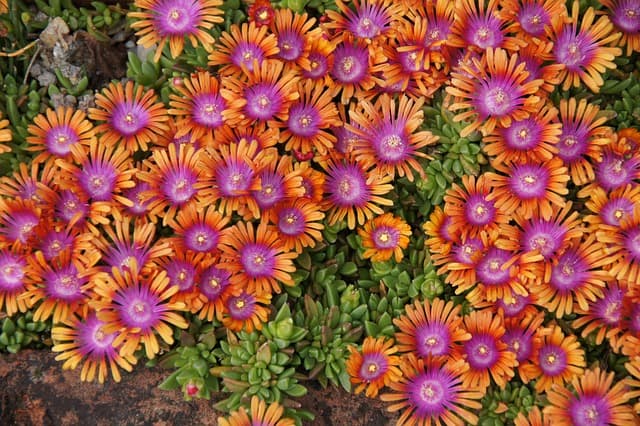
The Ice Plant, scientifically known as Delosperma cooperi, is a stunning ground cover that is perfect for Zone 5. Its name comes from the shiny, ice-like appearance of its succulent leaves, which store moisture. This flower’s vibrant colors in spring—including bright pink and yellow—make it a cheerful addition to your garden.
Ice Plants thrive in well-drained soil and full sun, making them ideal for rock gardens and borders. These hardy plants are drought-resistant once established, which is a boon for busy gardeners. It’s essential, however, to ensure they don’t sit in water, as they are prone to rot. As an added perk, these sweet blooms attract bees and butterflies, contributing to the local pollinator population.
Garden Phlox
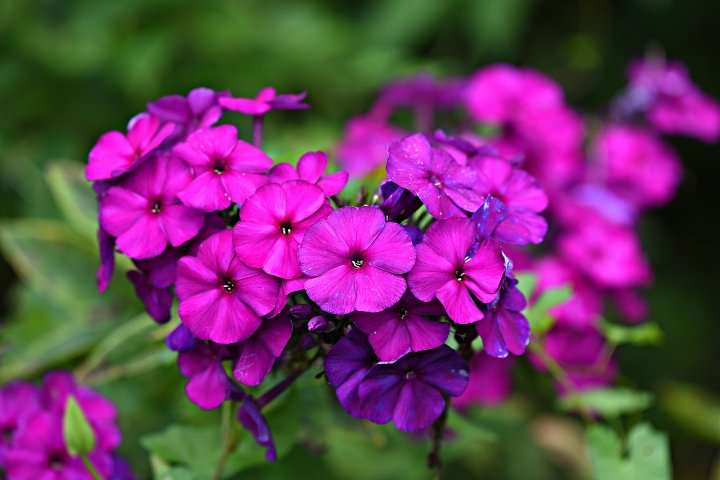
Garden Phlox (Phlox paniculata) is a staple in many spring gardens due to its tall, sturdy stems and abundant clusters of. This perennial comes in a rainbow of colors, from soft pastels to vibrant tones, making it a versatile flowering choice for your landscape.
Phlox thrives in well-drained soil and enjoys full to partial sun. It’s perfect for adding height and interest to flower beds or borders. Garden phlox can grow anywhere from 2 to 4 feet tall, so be sure to consider spacing when you’re planting. Regular deadheading of the spent flowers can prolong their blooming period, allowing you to enjoy this beauty through the summer months.
Stella de Oro Daylily
The Stella de Oro Daylily (Hemerocallis ‘Stella de Oro’) is a favorite for beginner gardeners due to its resilience and long blooming period. These charming yellow flowers—each lasting just one day—appear in a vibrant cluster during the late spring and continue to bloom throughout the summer.
One of the best things about Stella de Oro is its adaptability; it can thrive in various soil types and tolerates drought conditions quite well. These flowers do best in full sun but can handle some shade, making them versatile for different garden designs. With little effort, you can divide and spread this hardy perennial, ensuring a stunning show year after year.
Becky Shasta Daisy
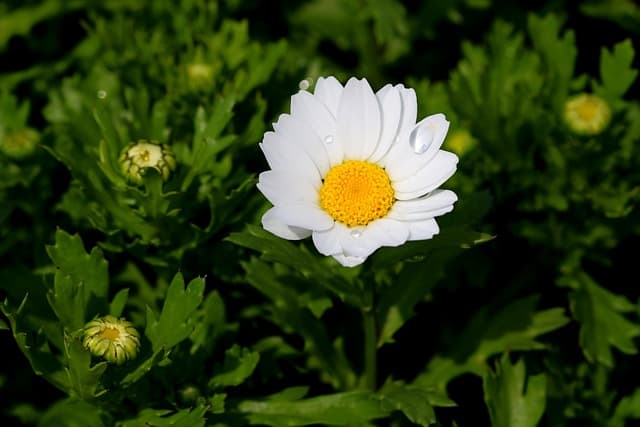
If you seek a classic garden flower, consider the Becky Shasta Daisy (Leucanthemum superbum ‘Becky’). This perennial boasts large, white flowers with sunny yellow centers, reminiscent of traditional daisies but celebrated for their robust structure and rounded shape.
Known for its long blooming season, Becky Shasta Daisies can bloom from late spring until frost. They thrive in full sun and well-drained soil. The dense clumps not only add visual interest but also attract pollinators like bees and butterflies, making your garden come alive with activity.
Perennial Salvia
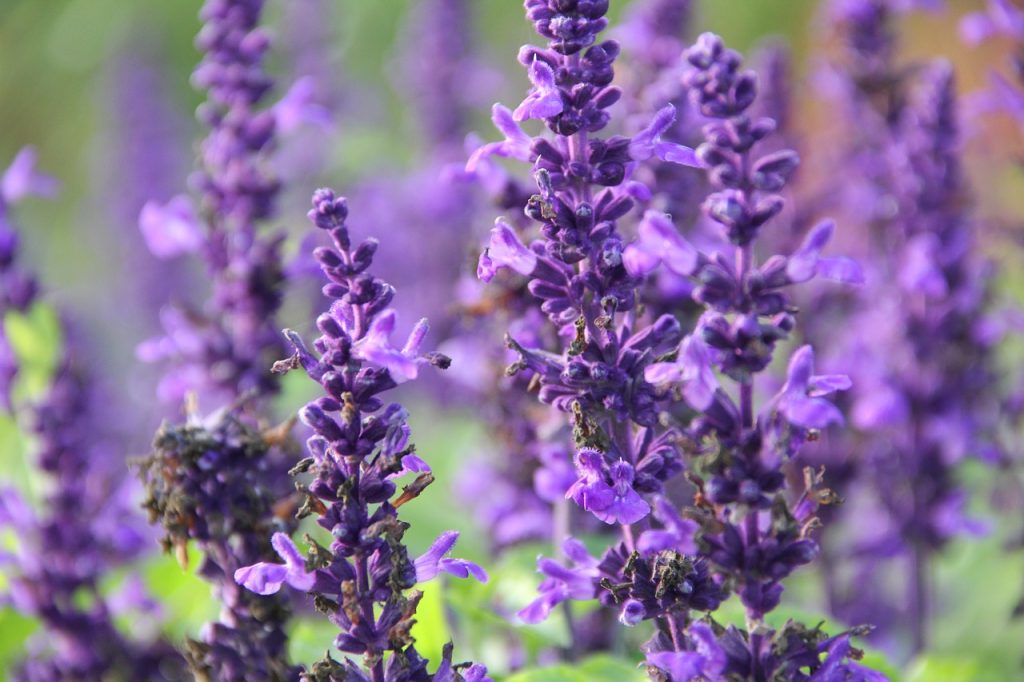
Perennial Salvia, or Salvia nemorosa, is a remarkable flowering plant that adds texture and color to your spring garden. With its tall spikes of purple, pink, and white blossoms, Salvia can serve as a stunning focal point or complement other plants in mixed borders.
This perennial is incredibly hardy and drought-tolerant, making it an excellent choice for gardeners who appreciate low-maintenance options. Perennial Salvia thrives best in full sun and well-drained soil. To encourage reblooming, it’s recommended to deadhead the spent flowers. With its fragrant foliage and ability to attract hummingbirds, Salvia creates an engaging atmosphere in any garden.
Russian Sage
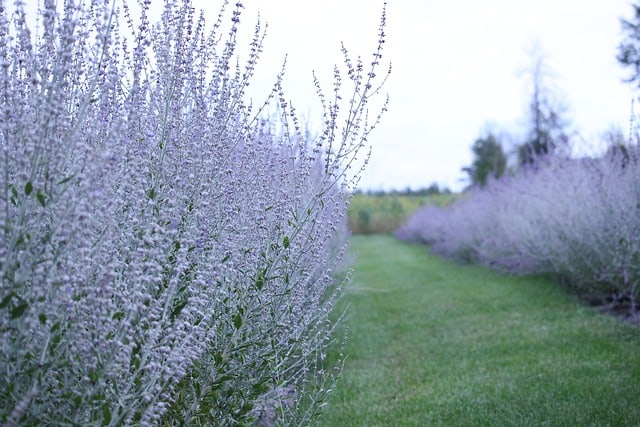
Russian Sage (Perovskia atriplicifolia) is not only drought-resistant, but it also adds a unique silvery-blue hue to your garden. Fern-like leaves coupled with tall stems that produce beautiful lavender-blue flowers make this plant an excellent choice for borders and as a backdrop.
This hardy perennial thrives in full sun and poor, well-drained soils. It’s also resistant to many pests and diseases, making it easy for beginners to grow. Russian Sage can grow quite tall, often reaching around 3 to 4 feet. Be sure to provide enough space between plants to allow airflow and full light exposure, promoting healthy growth throughout the spring and summer.
Yarrow
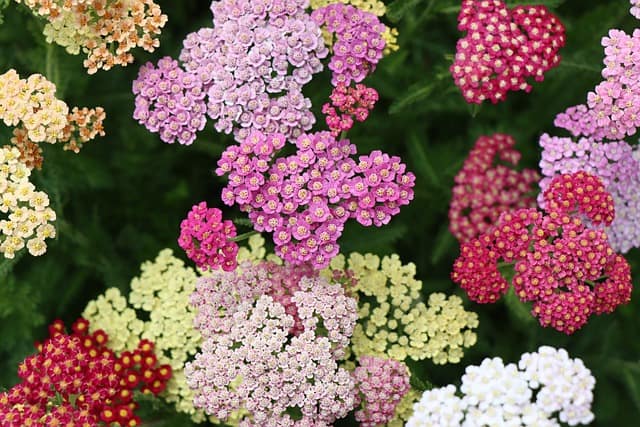
Yarrow, or Achillea millefolium, is a wildflower known for its resilience and diverse color range, including yellow, white, pink, and red variations. This perennial is ideal for Zone 5 gardens, where it can flourish in poor, dry soils while attracting many beneficial insects to your garden.
Yarrow may not require much attention, but it appreciates full sun. This adaptable flower can tolerate drought, making it an excellent choice for water-wise gardens. The plant typically grows about 2 to 3 feet tall, and regular deadheading encourages extended blooming. Not only is yarrow a pretty addition to your garden, but it’s also a traditional herbal remedy known for its medicinal properties.
English Lavender
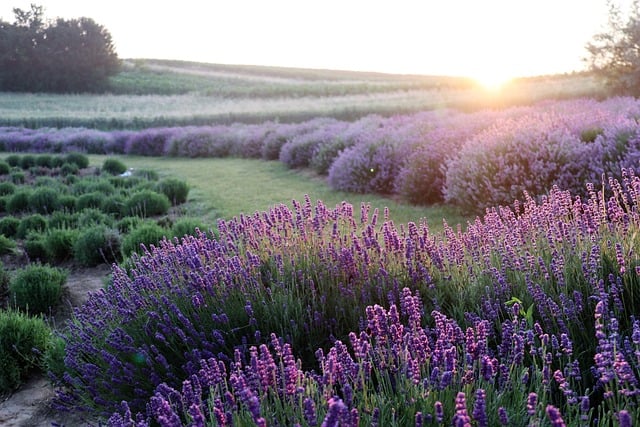
Who can resist the soothing fragrance of lavender? English Lavender (Lavandula angustifolia) is a beloved choice for Zone 5 gardeners. This fragrant perennial not only produces beautiful purple blooms in the summer but also offers aromatic foliage that can enhance sensory experience in your garden.
Lavender prefers well-drained sandy or gravelly soils, thriving in full sun exposure. Its drought-resistant nature makes it a low-maintenance beauty in your landscape. In addition to being stunning in the garden, lavender is often used in culinary dishes, potpourris, and essential oils, adding value beyond aesthetics. Just be sure to prune back old wood after flowering to support rich blooms the following year.
Coneflower
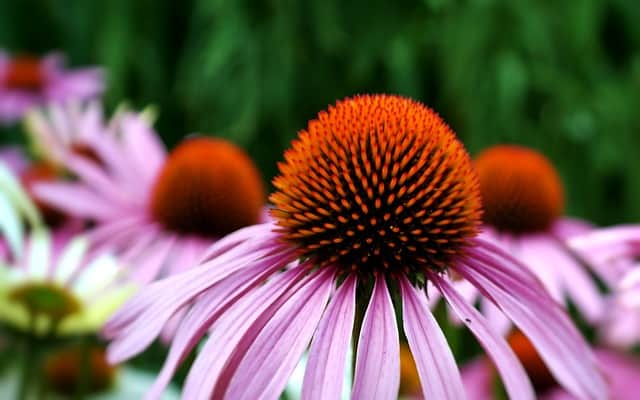
Coneflowers, or Echinacea, are brighter than ever in gardens across Zone 5. Their distinctive cone-shaped centers surrounded by drooping petals create a lovely wildflower appearance that adds charm to any landscape. These hardy perennials bloom from early summer to fall, drawing noteworthy pollinators to their vibrant blossoms.
Coneflowers thrive in full sun and well-drained soil, making them suitable for more challenging garden locations. They are drought-resistant once established, making them ideal for busy gardeners. After blooming, you can leave the seed heads for the birds or deadhead them to encourage more blooms throughout the season. Whether grown in mass plantings or as solitary specimens, coneflowers promise a delightful spectacle.
Threadleaf Coreopsis
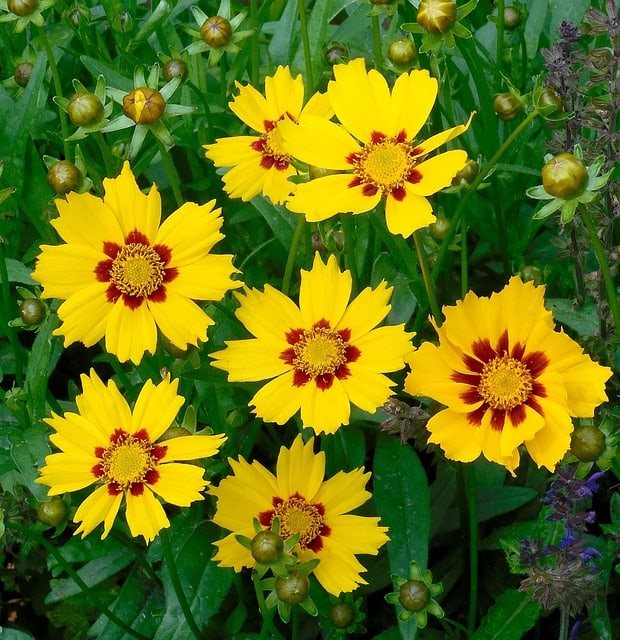
Threadleaf Coreopsis (Coreopsis verticillata) is a fine-textured perennial known for its bright yellow flowers with a lively presence in the garden. This plant has fern-like leaves that contribute to its delicate appearance, making it a lovely addition both in borders and as a stand-alone feature.
These flowers thrive in poor, well-drained soils and full sun. They are drought-tolerant and enjoy warm climates, making them suitable for the sunniest spots in your garden. A single planting of coreopsis can produce continuous blooms from late spring to early summer, and their cheerful coloring draws curious butterflies and other pollinators. As an added bonus, these blooms often self-seed, allowing for gentle garden expansions in your space.
Blue Chip Butterfly Bush
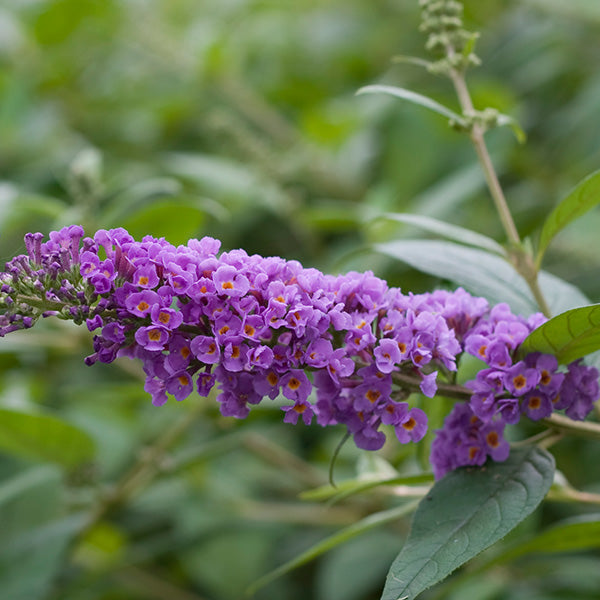
The Blue Chip Butterfly Bush (Buddleja davidii ‘Blue Chip’) is a compact variety perfect for smaller gardens. This remarkable plant attracts butterflies and other beneficial pollinators with its fragrant blue-purple flowers. Typically flowering from mid-summer until frost, it provides a stunning display when other plants begin to decline in bloom.
These low-maintenance perennials thrive in full sun and adapt well to various soil types. While they are drought-resistant, consistent moisture during establishment can help them thrive. An added positive to planting Blue Chip Butterfly Bush is its non-invasive nature compared to larger varieties, making it a responsible choice for gardeners who are concerned about planting invasives.
Black-Eyed Susan
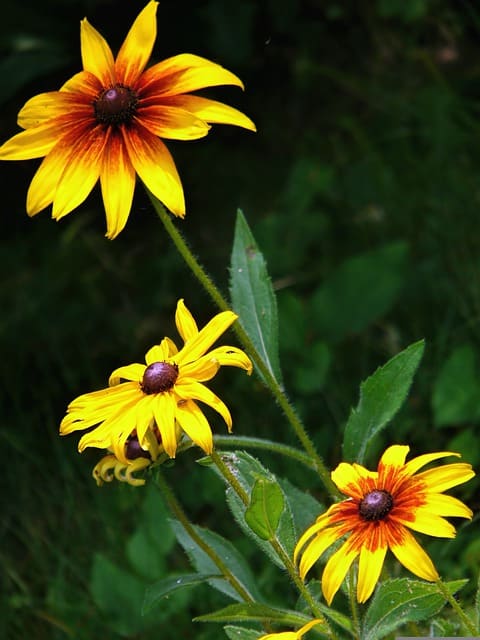
Black-Eyed Susans (Rudbeckia hirta) are beloved wildflowers that are both vibrant and easy to grow in Zone 5 gardens. Their golden-yellow petals and dark centers offer a classic beauty that lights up any flower bed or border. These perennials bloom from early summer to fall, creating a long-lasting display of color.
Black-Eyed Susans thrive in full sun and tolerate a range of soil conditions, but they prefer well-drained soil. They are drought-resistant and can endure partial shade, making them adaptable to various garden settings. The plants typically grow about 2 to 3 feet tall and can naturally reseed themselves, ensuring they return year after year, sometimes displaying an even more abundant crop of blossoms over time.
Autumn Joy Stonecrop
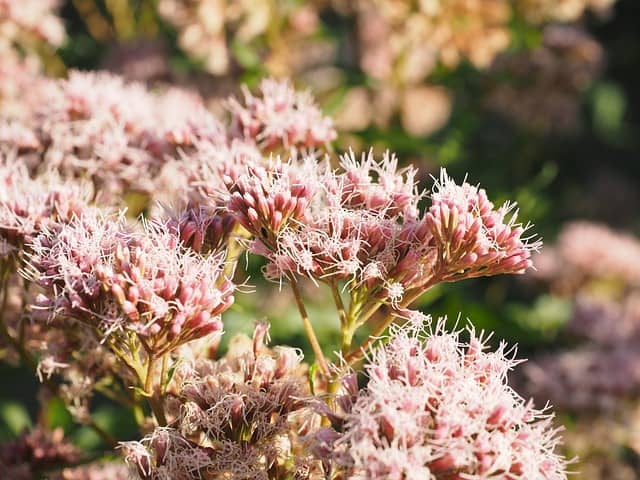
Autumn Joy Stonecrop (Sedum spectabile) is a charming perennial known for its lush, succulent leaves and large clusters of flowers that transition from pink to deep red as the summer wanes. This is a versatile addition to any Zone 5 garden, offering beauty well into the cooler months.
This resilient plant thrives in full sun and poor to moderately fertile soil, making it ideal for rock gardens or sunny borders. Once established, Autumn Joy is highly drought-tolerant and requires minimal care. Honeybees and butterflies are drawn to its flowers, making it a fantastic option to support local wildlife during fall.
Catmint
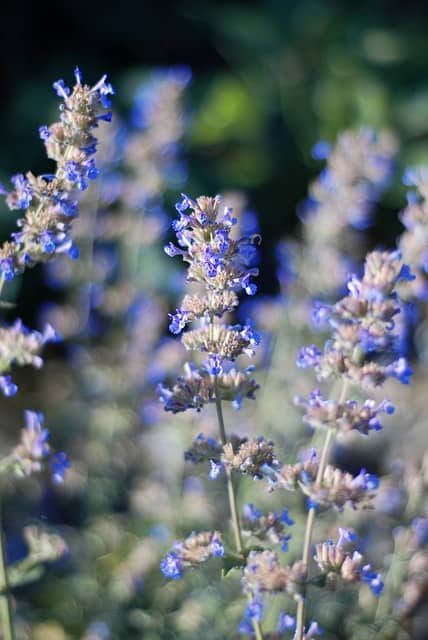
Catmint (Nepeta x faassenii) is a perennial that captivates both gardeners and cats alike with its aromatic leaves and violet-blue flowers. This hardy plant blooms from late spring to early summer and boasts a long period of bloom if deadheaded regularly.
Catmint thrives well in full sun and can adapt to different soil conditions. It’s known for its drought tolerance once established, making it easy for beginners to care for. Besides being delightful in the garden, catmint is beneficial for butterflies and other pollinators, enhancing the ecosystem surrounding your outdoor space.
Spiked Speedwell
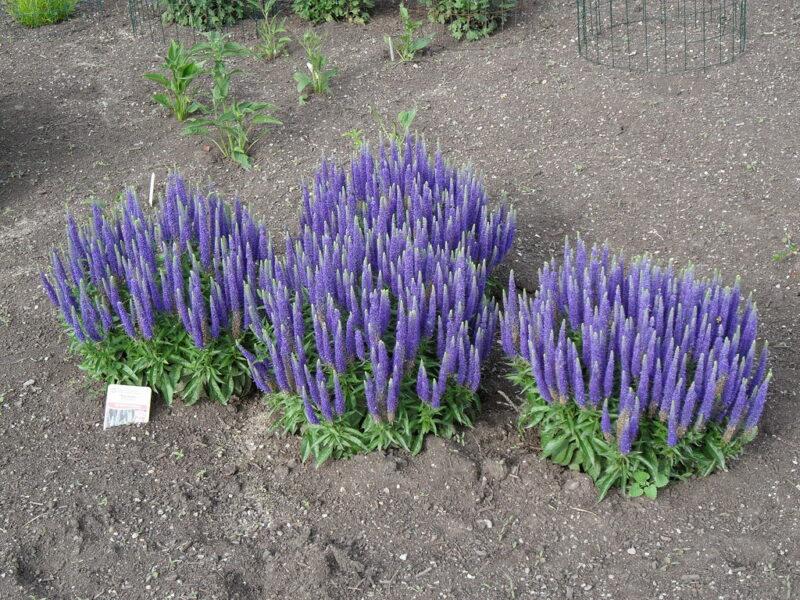
Spiked Speedwell, or Veronica spicata, features attractive spiky flower blooms that rise above lush foliage in shades of blue, pink, or white. Ideal for beginners, this perennial is hardy and low-maintenance while being adaptable to different soil types.
Spiked Speedwell prefers full sun and well-drained soil, making it suitable for sunny borders or even as a colorful ground cover. The dense clusters provide excellent pollinator support, attracting various beneficial insects. With impressive height—reaching up to 2 feet—these plants can serve as an eye-catching vertical element in mixed beds.
Red Hot Poker
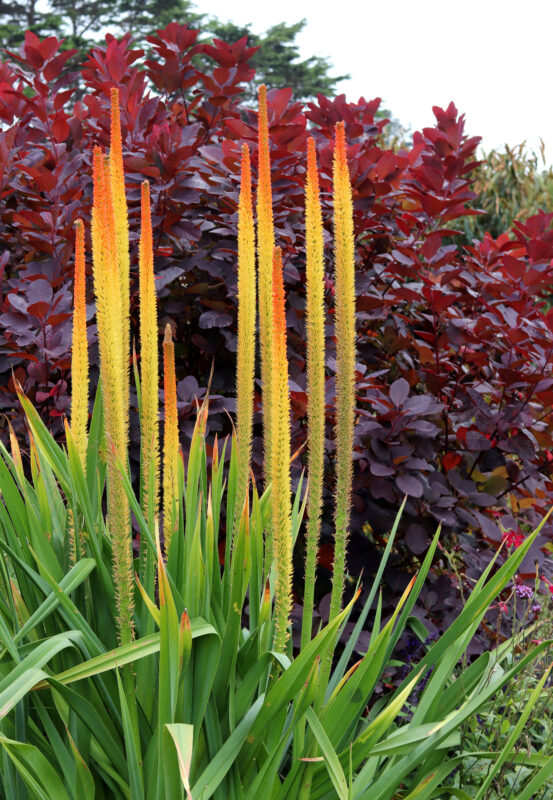
Red Hot Poker (Kniphofia uvaria) is a striking perennial known for its unique, torch-like flower spikes that display a captivating range of colors—from fiery red to bright yellow. This flower brings a bold statement to any garden with its height and unique appearance.
These plants thrive in full sun and prefer well-drained soils. They are relatively drought-tolerant once established but will benefit from regular watering during prolonged dry spells. Red Hot Poker can grow up to 3 feet tall and is an excellent choice for creating visual interest and drawing attention to garden spaces.
Dalmatian Bellflower
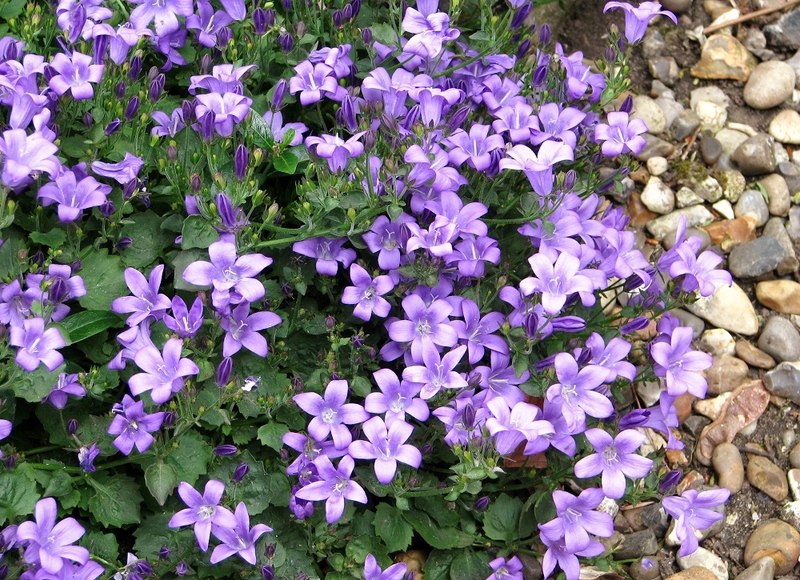
Dalmatian Bellflower (Campanula portenschlagiana) offers a stunning array of bell-shaped purple or blue flowers that carpet the ground in spring. These perennials are ideal for borders and rock gardens and can brighten shady spots due to their adaptability to partial shade.
While this flower prefers well-drained, moist soil, it can tolerate drought once established. It is also excellent for coastal gardens, relieving some attention from excessive watering. Dalmatian Bellflower typically grows to about 12 inches in height, making it an ideal option for front-of-border planting or as a ground cover for difficult sunny areas.
Fringed Bleeding Heart
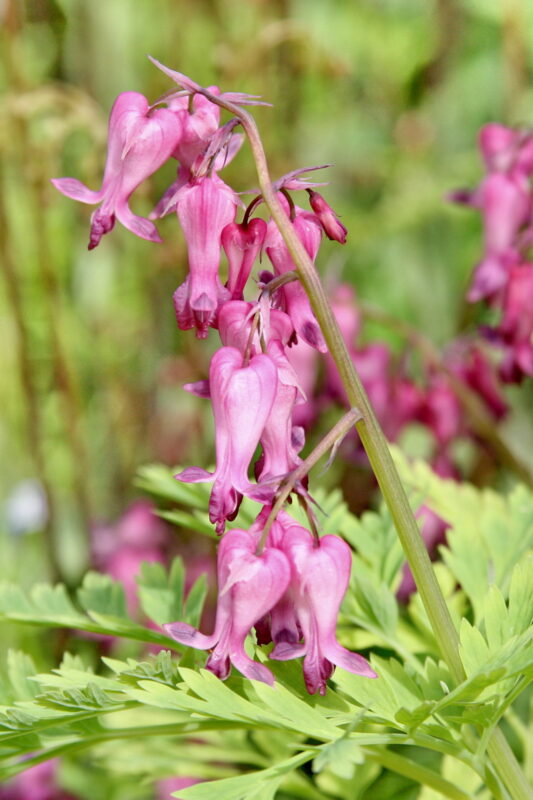
Fringed Bleeding Heart (Dicentra eximia) is a lovely perennial known for its unique heart-shaped flowers that dangle delicately from arching stems in rich shades of pink or lavender. This plant offers a classic look and enchanting charm to any spring garden.
This flowering beauty thrives in partial shade and prefers well-drained soil enriched with organic material. While it flourishes with consistent moisture, it’s essential to avoid waterlogging. Fringed Bleeding Heart typically blooms from spring through early summer, and as the season progresses, its lush green foliage remains attractive, providing continued beauty to your garden.


